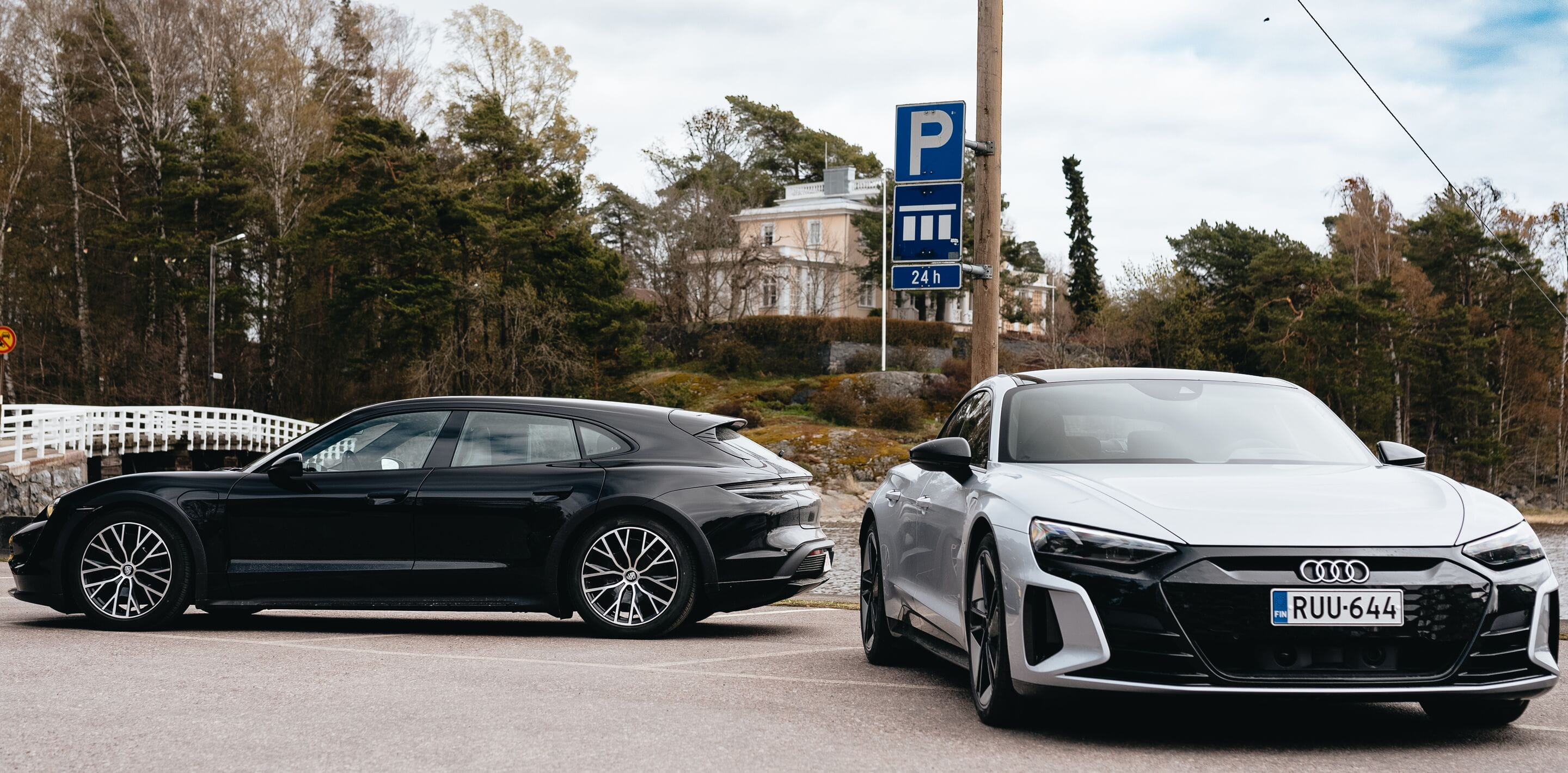Leasing with us
Discover electric driving
Self service for drivers
You do the driving, we do the rest
Discover the benefits of leasing with Ayvens!
Better with every move.
Better with every move.
Featured topics
Your fleet is our priority
Fleet management made easy, so you can focus on what’s next: driving your business forward. Learn all about:
We're ready to help
Contact us
Our team of experts are available to help if you have any questions.










.jpg?rev=ad671359e66c4d16a7139538e50c3234)